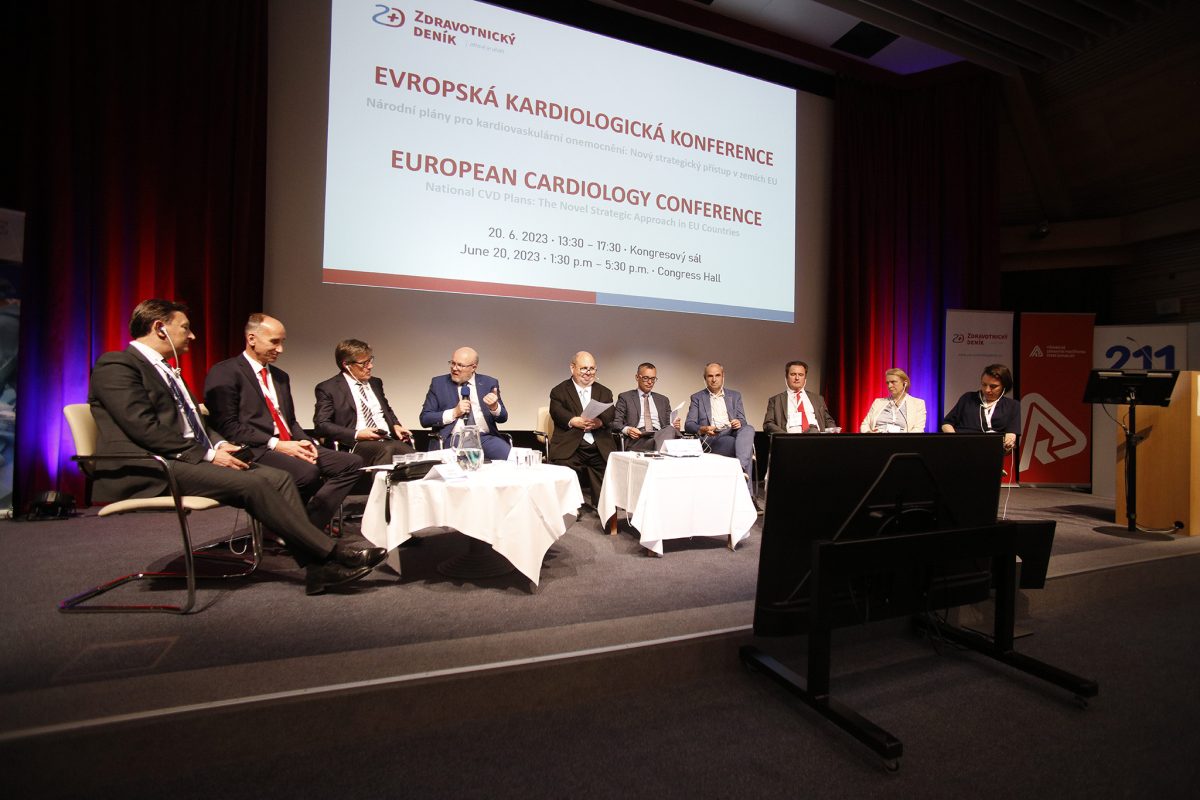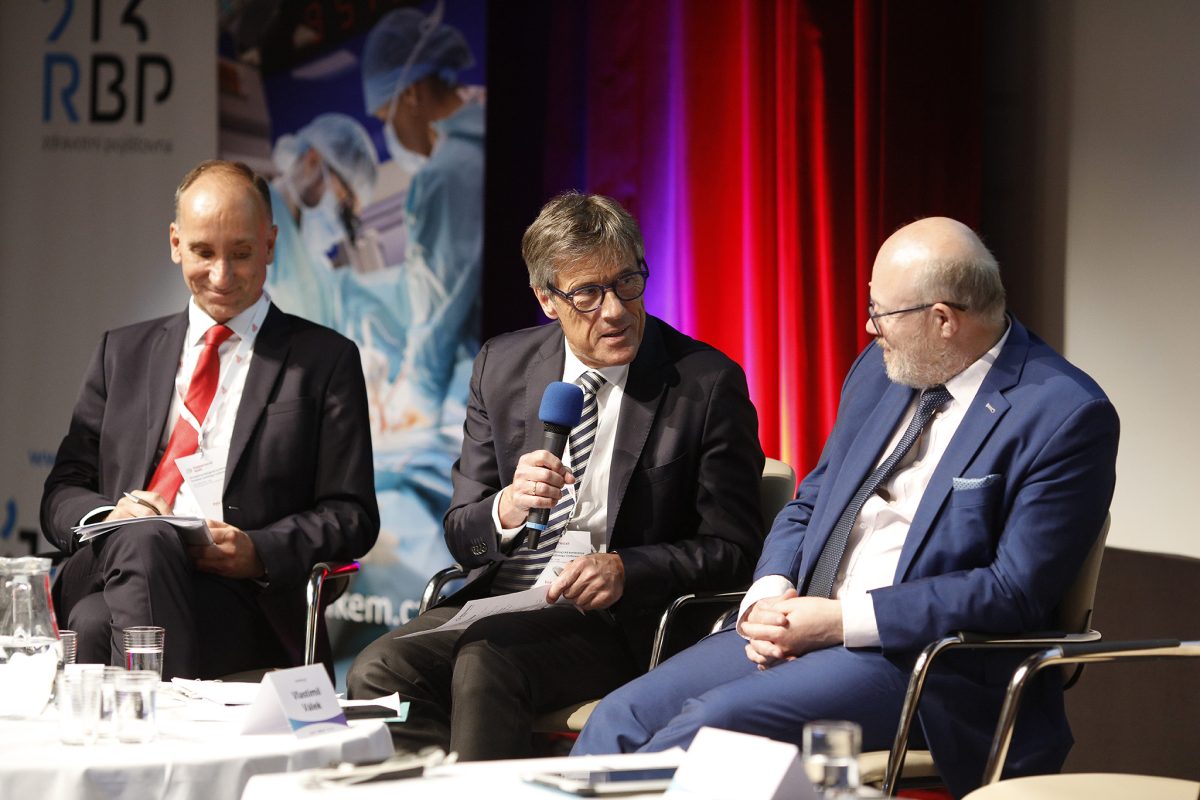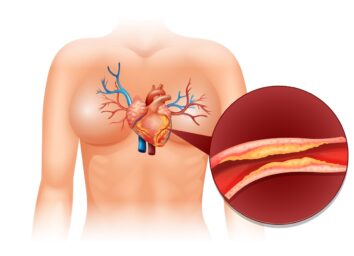He is the main architect of the five pillars on which the cardiological health of his fellow citizens rests. The President of the Polish Society of Cardiology, Przemyslaw Piotr Mitkowski, along with other leaders in the field, attended the recent European Cardiology Conference of the Healthcare Daily. He presented how the country introduced a national cardiology plan at the end of last year, the principles on which it operates and what to look out for when tackling today’s deadliest diseases.
Mitkowski began his address by emphasizing the gravity of the situation, pointing out that cardiovascular disease-related deaths in Poland witnessed an alarming increase during the COVID-19 pandemic, excluding virus-related fatalities. „During the pandemic we noticed the increase of death in cardiovascular diseases by almost 17 percent,“ said Mitkowski. Additionally, Poland experienced a two-year decline in life expectancy over the past two years, attributing a significant portion of the decrease to cardiovascular ailments. Overall, cardiovascular diseases account for approximately 37% of all deaths in Poland.

The first step, according to Mitkowski, is to clearly define the problem and then formulate an effective plan. To this end, Poland initiated a pilot program two years ago, focusing on four critical aspects of cardiovascular health: secondary and resistant hypertension, arrhythmias, heart failure and other heart diseases. This pilot program, limited to the Warsaw region, Mazovia, served as the foundation for the broader nationwide program.

The Polish National Program for Cardiovascular Diseases – National Cardiac Strategy for 2022–2032 was established in December last year. This comprehensive program, with a budget of approximately €700 million over ten years, encompasses five key pillars. The first pillar focuses on the education and preparation of medical professionals. “We need a lot of personnel which will deal with the problem of cardiovascular disease, not only physicians, but also nurses, technicians, psychologists, specialists in the arterial medicine,” Mitkowski said.

The second pillar is centered around preventive medicine, emphasizing the importance of early intervention and promoting healthy habits, particularly targeting younger individuals. Implementing educational programs in schools to educate students about proper diet, exercise, and the dangers of smoking are key components of this pillar.

The third pillar is dedicated to patients and emphasizes early detection of cardiovascular diseases. Mitkowski highlighted the fact that a significant percentage of heart attacks can be prevented through the modification of risk factors. By diagnosing and managing cardiovascular conditions at an early stage, the aim is to reduce the overall disease burden.

The fourth pillar highlights the importance of scientific research and innovation in advancing cardiology. The plan envisions the establishment of specialized centers of excellence that provide cutting-edge treatments, particularly those that may not be currently reimbursed.

Lastly, the fifth pillar focuses on systemic changes to improve the overall healthcare system. A managed care plan, initiated six years ago, caters specifically to patients after a myocardial infarction (heart attack) and spans a period of 12 months. This plan comprises four key components: hospital stays, early rehabilitation programs, device implantation when necessary, and ambulatory cardiac care. Ongoing evaluation and modification of this program aim to achieve goals related to smoking cessation, LDL cholesterol levels, and obesity reduction. Mitkowski acknowledged that progress has been made, with a notable reduction in smoking rates, but challenges remain.
Filip Krumphanzl
The Healthcare Daily would like to thank the general partner of the conference, Novartis, and partners Institute of Clinical and Experimental Medicine, General Health Insurance Company, RBP Health Insurance Company, Ministry of the Interior Public Health Insurance Fund and Amgen for their support.










